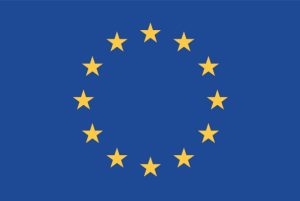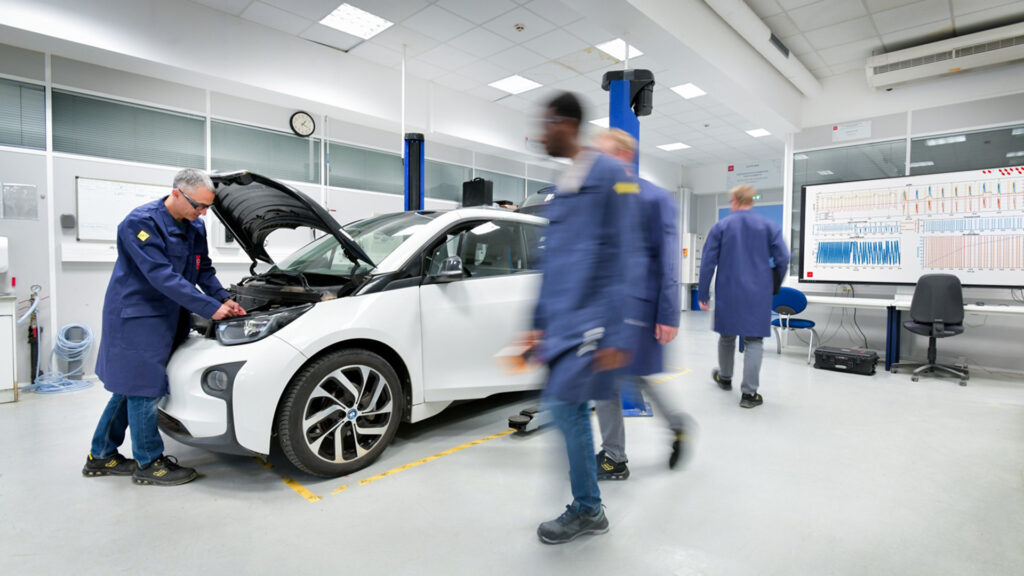Thor is a Horizon Europe project that develops predictive digital twins to accelerate battery design, performance and safety verification.
Europe, Asia and the US are trapped in strategic competition to secure leadership in the energy transition value chain. Batteries are at the heart of this competition, supporting both the decarbonisation targets for fixed applications and the competitiveness of the automotive sector.
However, the European battery industry faces a permanent bottleneck. Physical testing campaigns take years and require thousands of samples, and remain excessive. They are resource intensive and expensive, and provide only partial insight into the battery degradation mechanism. As competitors move forward quickly, Europe needs to innovate in the way batteries are designed, tested and verified and remain globally competitive.
Improve battery testing with digital solutions
Several Horizon Europe projects are currently developing a complete ecosystem of digital solutions, AI algorithms, harmonized databases, multi-purpose models, graphical interfaces, and digital twins, reducing and optimizing the industry’s large-scale reliance on physical testing. In this extensive effort, Project Thor (2023–2027) addresses a critical part of the challenge by transforming battery testing through digitization. Its mission is to replace most of the physical tests with virtual simulations, accelerate designs and reduce costs without compromising accuracy.
Digital twin for batteries
At the heart of this conversion is the development of digital twins for batteries. The tool simulates performance, lifespan and safety with high fidelity, aiming to reduce physical testing requirements by at least 50%. It also generates richer datasets, allowing for more accurate optimization of battery design, use and maintenance strategies.
Thor develops three prediction models that are integrated into a single platform at the cell, module and pack level. The system provides real-time visualization of capacity fade, thermal gradient, and safety margins, and is intended to support faster, more reliable engineering decisions across the battery value chain.
To achieve these objectives, Thor brings together a pan-European consortium that combines experimental, computational and industrial expertise.
CEA (France), Ineris (France), VUB (Belgium): Experimental tests, data generation, model calibration. FEAC (Greece): Development of hybrid digital twin frameworks and AI integration. Varta Innovation (Austria), Flash Battery (Italy), Engie-Laborelec (Belgium): Testing prototype cells, modules, battery packs, specifications, and application of steady and EV profiles to validate models under actual conditions. Icon (Italy), UNE (Spain): Dissemination, communication, exploitation, and integrity with European standardization strategies.
The consortium leverages sophisticated infrastructure, including pilot-scale manufacturing lines, abuse testing facilities, CAE software and high-performance computing. This cross-sector and cross-border collaboration ensures that the digital twin is not only scientifically robust, but also industrially validated across the European battery value chain.
What is a digital twin?
Digital twins are dynamic, virtual replicas of physical systems that are continuously updated with real data to reflect actual behavior. Thor provides a predictive environment that allows you to effectively test batteries under a wide range of conditions.
FEAC is developing a hybrid model that integrates electrochemical hot spring simulation with deep learning techniques. This allows the digital twin to outperform traditional empirical models by capturing complex, nonlinear dependencies, and decomposition processes.

The twins operate through a graphical interface that provides real-time predictions of performance, safety and aging. By transforming tests from retrospectives into forecasting processes, Thor’s digital twins enable faster innovation cycles and more reliable product qualifications.
Hybrid Strategy
To implement that vision, Thor combines a physics-based high-fidelity model with an AI-driven approach. Multi-objective simulations capture electrochemical, thermal, and mechanical phenomena, and machine learning enhances prediction capabilities by analyzing large experimental data sets.
This hybrid strategy requires harmonized data formats to ensure interoperability and efficient use of big data and AI technologies. By integrating the model with experimental evidence, Thor aims to create a scalable digital twin that can be predicted in real time, multi-scale, predictable.
Case studies
This project has already made great strides. Varta Innovation manufactures cells and distributes 757 cylindrical 21,700 cells (3–4 AH) with NMC/graphite and LFP/graphite chemistry via partner flash batteries.
CEA, VUB and Ineis conducted extensive testing campaigns to tailor high fidelity models and establish new experimental methods. Engie-Laborelec evaluates cell performance under photovoltaic cycling conditions and benchmarks predictive accuracy for actual profiles.
On the modeling side, CEA and VUB achieved accuracy above 95% of capacity prediction at the cell level, and flash batteries presented the first prototype at the module and battery pack level developed through dedicated technology development, thermal characterization, and FEM analysis.
Currently, large cell-level data stored in harmony with a dedicated web platform will enter Thor into a new phase. The focus shifts towards the upscaling model, packing pack and module levels to ensure prediction accuracy at system scale.
The rest of the work will focus on numerical integration and model simplification. This is an important step to enabling digital twins to deliver real-time results without sacrificing fidelity. This transition paves the way for deployable tools that can support both R&D workflows and operational decision-making in the industry.
Industrial partners emphasize the practical importance of Toll’s work. Flash batteries emphasize that digital twins and predictive maintenance offer measurable benefits across the supply chain, including increased production efficiency, reduced operational costs, improved safety and increased sustainability. Varta Innovation emphasizes that digital twins provide deeper insight into cell behavior and faster product optimization while reducing the burden of physical testing. Additionally, Engie-Laborelec highlights the role of digital twins in the stationary storage sector where safety, reliability and longevity are key. By integrating operational insights, tools continue to be applied directly at cell, module, and pack levels.
Thor also aims to demonstrate that digital twins can achieve results comparable to physical tests, supporting future updates to international standards such as IEC and Cenelec on safety, energy efficiency and battery management.
Thor is also part of a Twinbatt cluster that integrates Digibatt, Thor, Acccelbat and the four fastest Horizon Europe projects at the forefront of digital battery research. Each brings unique expertise, from continuous verification tools to hybrid testing platforms.
Disclaimer

European Union funding. However, the opinions and opinions expressed are solely by the authors and do not necessarily reflect the opinions of the European Union or European climate, infrastructure, or environmental enforcement agencies. Neither the European Union nor the permitting authority can be held liable for them.
This article will also be featured in the 24th edition of Quarterly Publishing.
Source link

